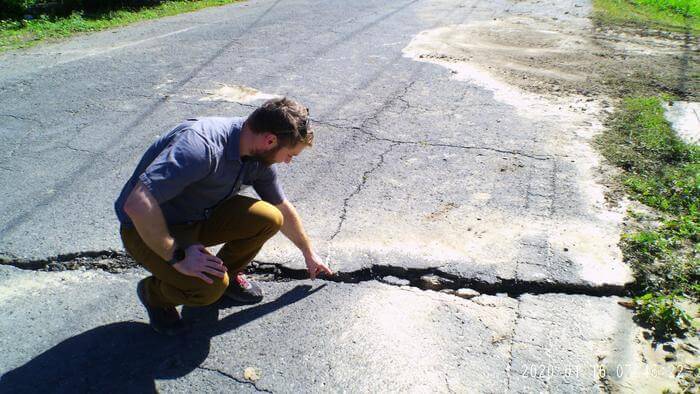For over three decades, earthquake aftershock forecasting models have remained largely unchanged, posing challenges when dealing with the vast datasets available today. To address this limitation, researchers at the University of California, Santa Cruz, and the Technical University of Munich have developed a new deep learning model called Recurrent Earthquake foreCAST (RECAST) for forecasting aftershocks. This model is designed to be more flexible and scalable than the existing models.
The new RECAST model has outperformed the current Epidemic Type Aftershock Sequence (ETAS) model for earthquake catalogs containing approximately 10,000 events or more. The older ETAS model, designed for fewer observations, struggles to handle the massive datasets generated with today’s sensitive equipment and extensive data storage capabilities.
The researchers encountered challenges while working with the older ETAS model on large datasets, primarily due to its brittleness and susceptibility to subtle errors. They spent considerable effort ensuring that benchmark comparisons between the ETAS and RECAST models were accurate.
The RECAST model’s adaptability and improved performance could revolutionize earthquake forecasting, potentially allowing it to incorporate information from various regions to make more accurate predictions in less-studied areas. This deep learning model’s flexibility and scalability could expand its applications in seismicity forecasting.
Moreover, advances in machine learning have made the RECAST model more accurate and adaptable to various earthquake catalogs. It could pave the way for using a wider range of data sources to enhance earthquake forecasting, moving beyond traditional methods to incorporate data on ground motion continuously recorded.
Ultimately, this research opens up new possibilities in earthquake prediction and monitoring and demonstrates the potential of deep learning models in advancing our understanding of seismic activity.


